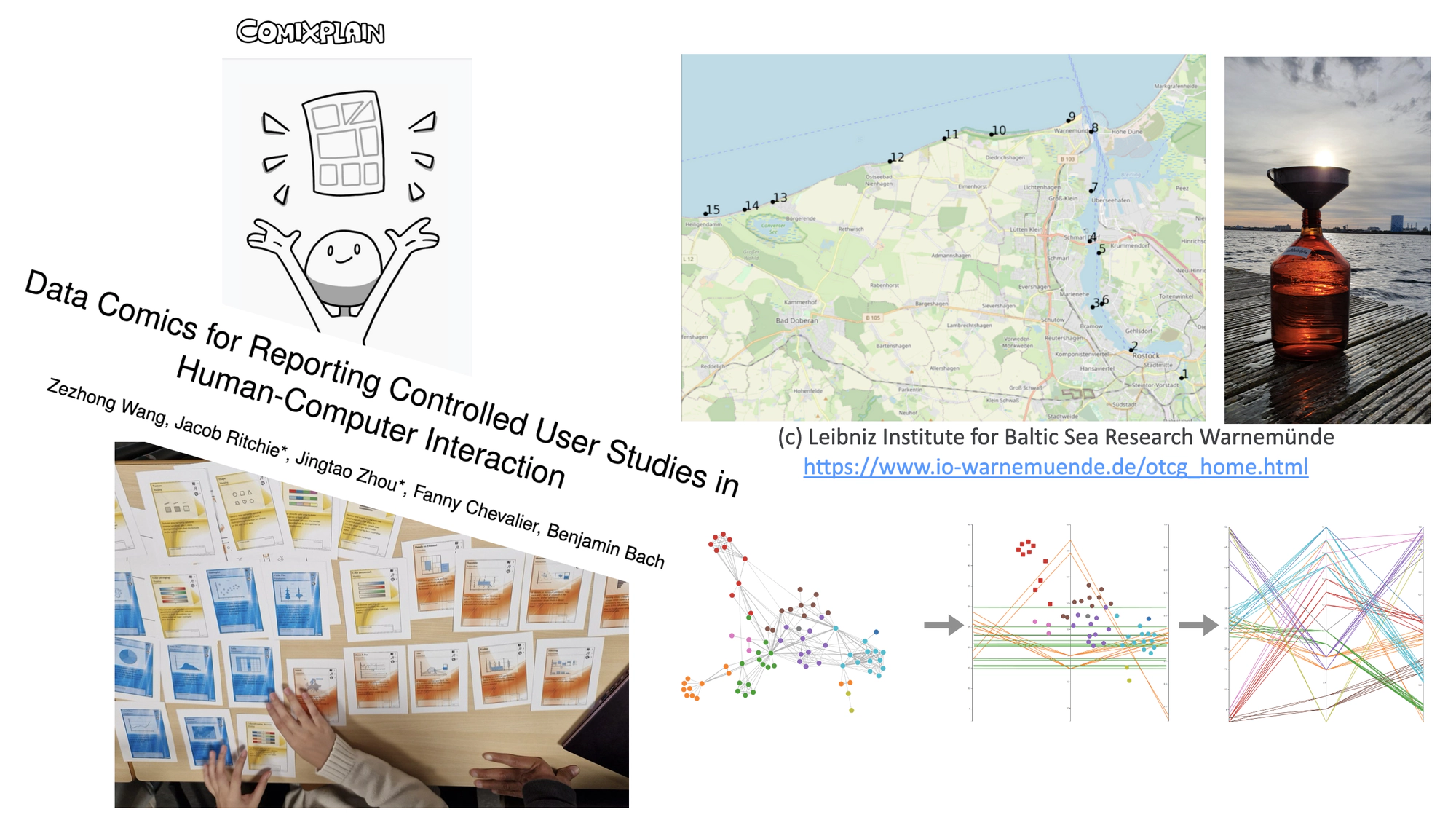Visualization and Education (Recent Developments in Computer Science)

Course Description
The goal of this course is to explore recent advances in visualization research and applications, with an emphasis on visualization for sustainable development and didactics of visualization. Living in the information age, data visualizations are present in our personal and professional lives, from infographics in digital newspapers over pandemic dashboards to machine monitoring in a factory. The field of data visualization is dedicated to computational, visual, and interactive methods that help people perceive and reason about patterns in large and complex data. In this way, it helps address analysis challenges in a variety of application areas like engineering or life sciences. Data visualization as a craft is nourished by many disciplines and skills including cognition, statistics, creativity, scientific rigor, analytical and critical thinking. Through hands-on projects and lecture sessions, we will dive deeper into some of these interesting facets at the intersection of visualization research and education. The course is held in English.
Prerequisites
There are no enforced prerequisites for this course. However, a general interest in data visualization increases your chances of having fun in this course. Prior courses around visualization, visual computing, or interaction might be very helpful, but are not required. It is possible to take this course without a significant programming background by picking one of the concept projects.
Learning Outcome
Students will gain an overview of fundamental principles of data visualization. They will get in touch with the appropriateness of visualizations and might thus view some of the data visualizations they encounter in their everyday life in a different light. Through projects and lecture contents, they will experience the diverse forms that visualization research can take, providing them with practical insights into approaching data-related questions with visualizations, for example in their future careers. At the end of this course, students will be able to
- identify and describe fundamental concepts of data visualization.
- discuss a visualization’s appropriateness with respect to data, users, and tasks.
- understand a given research problem and implement a concept or technique to address it.
- present their work to an academic audience and discuss their contributions.
- organize, formulate, and reflect on their working method in a self-directed manner.
Course Mechanics
The course centers around projects from the focus topics “Sustainable Development” and “Didactics” that can be worked on alone or in pairs. Each project will be of one of two types: programming projects focus on the technical implementation of an interactive visualization, while concept projects focus on the design and realization plan of an artefact. Depending on the project type, the design, implementation, and evaluation stages are emphasized differently. In either case, the students will be responsible for characterizing the problem at hand, surveying existing approaches, developing alternative solutions, and reflecting on the results. Available projects include topics related to explanatory comics, organisms in the Baltic Sea, or visualizing donation trajectories. The project work will be spiced up with inspirational lecture sessions on current visualization research on the focus topics “Sustainable Development” and “Didactics". There will be an intermediate presentation and a final presentation of the results in a public poster session. Each student will further submit a project report in the form of a video.